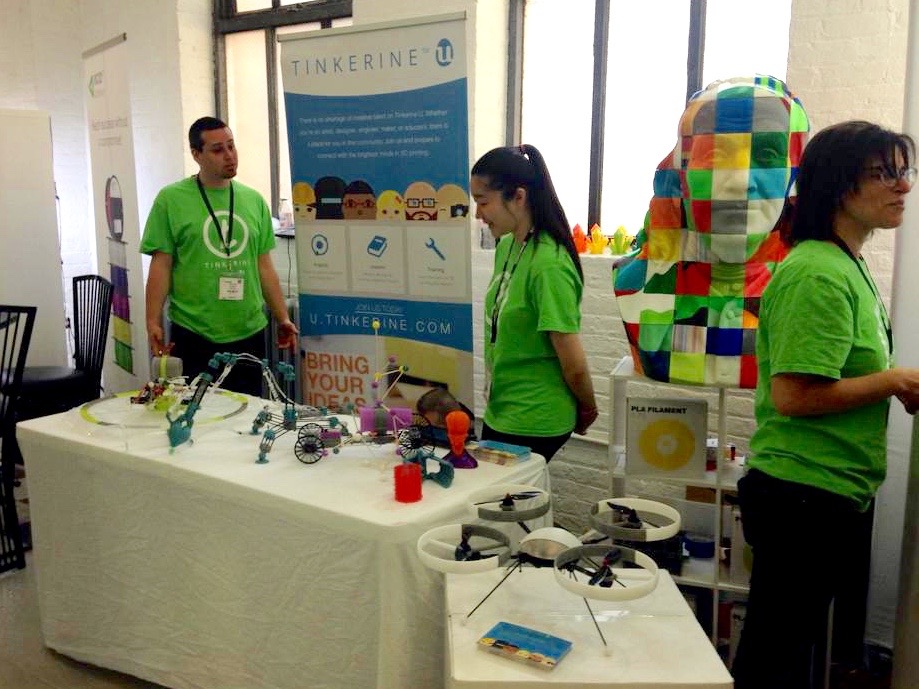
A small 3D printer company’s financials show how difficult it can be to operate in today’s 3D market.
Tinkerine is a very rare beast: a publicly traded 3D printing company that isn’t one of the gigantic corporations. We’ve all seen the trials and tribulations of the industry leaders, Stratasys and 3D Systems and followed their stock prices up – and then dramatically down as the shine wore off 3D printing technologies in the eyes of the public investors.
But how are the smaller 3D printing companies doing? It’s very hard to say, since almost all of them are private companies who do not publish their financial results. However, there’s one we can look at: Tinkerine, a small Canadian 3D printer manufacturer that just happens to be listed on a couple of minor stock exchanges.
I find Tinkerine to be a very interesting company, as they’re ahead of many others in the industry by refocusing their efforts strongly towards applications of 3D printing, rather than just making a high quality 3D printer (the Ditto) as countless other companies are doing. For several years Tinkerine has executed a plan to provide a very friendly experience for their target market, education. They’ve developed quick-printing 3D models, lesson plans and much more to make the educator’s life easy.
Today’s market is definitely not a battle of 3D printer specs. No, instead it’s a battle for the application of the technology. Those who care about specs already have 3D printers. The problem now is to sell machines to those who haven’t got them – and those folks care mostly about how their business can specifically benefit by using a 3D printer.
This is why the “big guys” like MakerBot and Ultimaker haven’t released significantly new machines for quite a while: the old machines are plenty fine for selling to these new markets, and their resources are more effectively spent educating and persuading new clients on the benefits of 3D printing.
But back to Tinkerine. How did they do this past quarter?
It turns out both good and bad. While their revenue increased 58% to CAD$172K, their gross margin increased 177%, their expenses reduced by 32% and received additional investment, they still posted a quarterly loss of CAD$311K. Note that this is a substantial improvement over their the same quarter last year.
To put this in perspective, they evidently spent CAD$482K and received revenue of only CAD$172K. Their expenses are almost 3X their revenue.
Tinkerine is clearly moving in the right direction, but it seems they have a long way to go to true profitability. Their investors appear to believe in their plan, as they’ve recently received additional investment.
It’s definitely tough going in the desktop 3D printer market these days, and a company that’s doing everything right like Tinkerine is still having a hard time.
I’m wondering what the state of the private companies might be, and suspect that a majority of them are in far worse shape than Tinkerine. Expect some to disappear.
Via Tinkerine (PDF)

